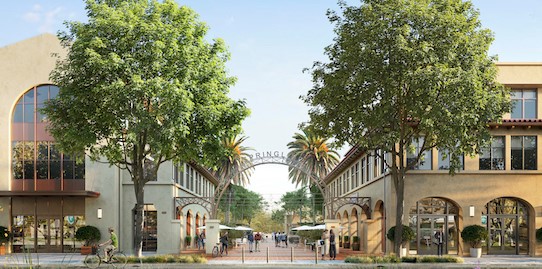The federal government on Friday issued a first-ever official estimate of the number of people in the U.S. who hold the controversial H-1B work visa, intended for jobs requiring specialized skills but attacked by critics over reported abuses.
At the end of September, there were “approximately” 583,420 people on the H-1B living in the U.S, according to a U.S. Customs and Immigration report. The agency provided estimates going back the previous three years, but gave total numbers of people whose H-1B applications were approved, rather than the total it believes have been living in the country. The larger “approved” numbers don’t factor in withdrawals of approval or changes in visa status.
The estimates start at the end of September 2016, when the “approved” population was 564,663, and have fluctuated significantly since, dipping below 600,000 in two quarters and rising to a high of almost 650,000.
Furor over the H-1B — intended for jobs requiring specialized skills — escalated this week when President Donald Trump ordered suspension of entry into the U.S. of H-1B holders until the end of the year. Major technology firms attacked the move, with Apple CEO Tim Cook and Google CEO Sundar Pichai both saying on Twitter they were “disappointed,” and connecting immigration with American prosperity. Facebook said the order would “keep highly skilled talent” out of the U.S.
While Silicon Valley’s tech giants rely heavily on the visa, critics point to reported abuses and say companies including major tech firms and staffing and outsourcing companies use the H-1B to supplant U.S. workers, drive down wages and facilitate outsourcing.
Research by Daniel Costa, of the left-leaning Economic Policy Institute, and Howard University political science professor Ron Hira, found that 60% of H-1B workers receive lower-than-average wages for their job and region. Google, Facebook and Apple “take advantage of program rules in order to legally pay many of their H-1B workers below the local median wage for the jobs they fill,” Costa and Hira said in an Economic Policy Institute paper.
The vast number of foreign citizens on the visa has resulted in large part from backlogs in the green card system, where per-country caps have meant citizens of India and China, a great many on the H-1B, wait years, and sometimes decades, for a green card, Costa said. Relatively few H-1B holders leave the program every year by getting green cards, but 120,000 to 140,000 new ones come in, Costa pointed out.
Citizenship and Immigration said in its report that coming up with a number for H-1Bs living in the U.S. “is complex, as no electronic data system tracks or houses this information.” Costa said the government’s estimates fit with those he and others have made. “That’s been everybody’s best guess,” he said. “It’s right around where you would expect, and knowing what we know about the green card backlog it looks about where I would expect it to be.”










